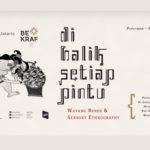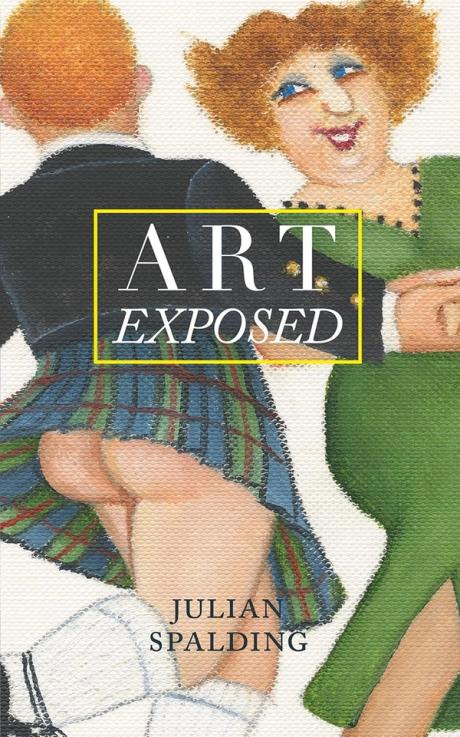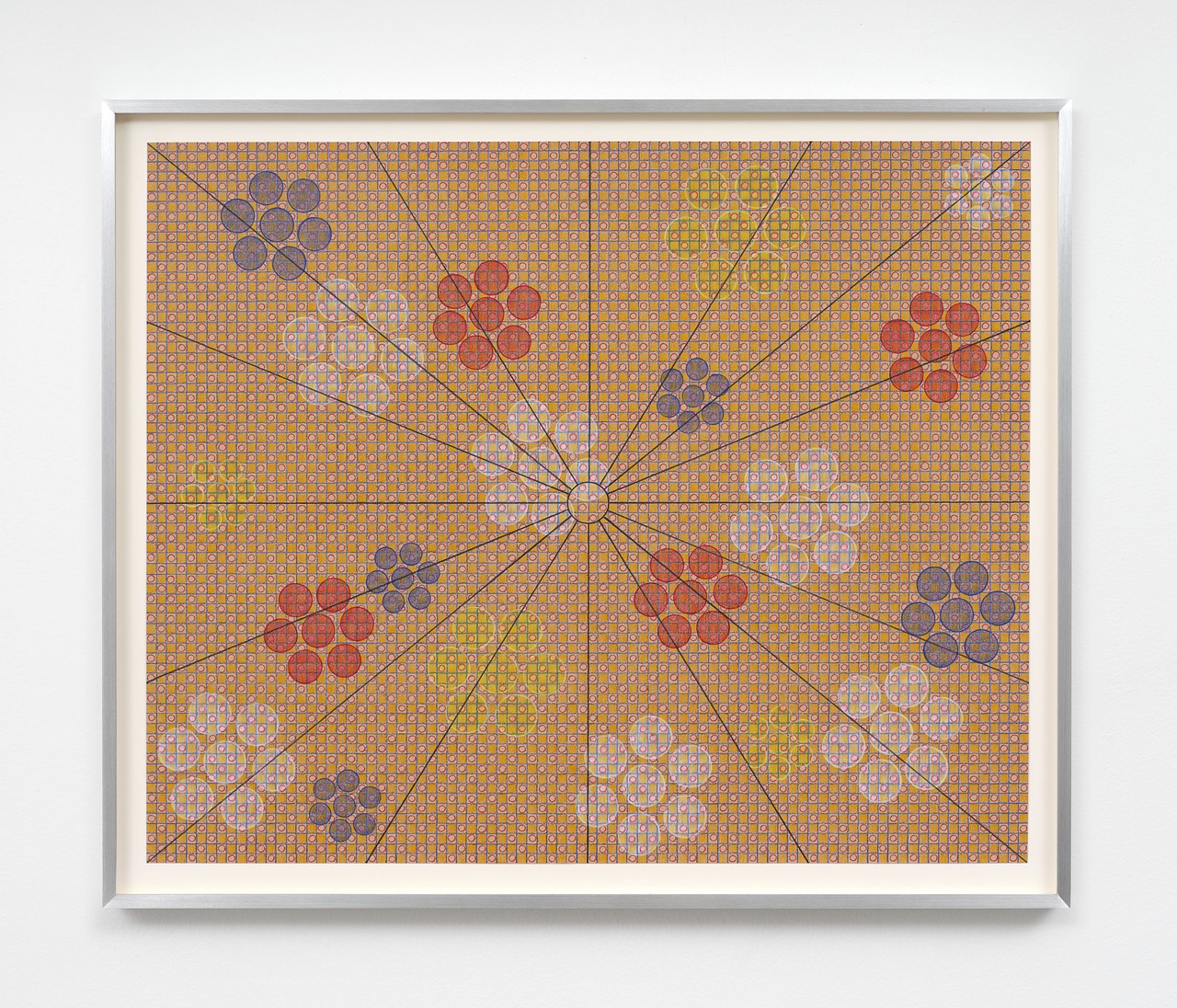A poem written by 5 poets at once (first attempt)
2013 - Film & Video (Film & Video)
68 min 30
Koki Tanaka
This artwork was part of a group of projects presented in the Japanese Pavilion at the Venice Biennale in 2013. These videos show several participants from different backgrounds gathering to create and object or an action. For this video, he brought together five Japanese poets from different movements and styles. It is very clear and more perceptible in this project than in others of the series (amongst which hairdressers in San Francisco and potters in China are brought together), that it is difficult to leave space to the others. Considered for a long time as the symbol of ultimate creation, the composition of a poem is an extremely personal activity. Japanese society is often seen as very individualistic. Here, Tanaka presents us with the utopia of a micro community, which could be the plinth to the creation of a larger community. Documenting the production process is also a rebellious act against the result or the object itself. Incidentally, the installation is also composed of four drawing-poems, all different, without one ideal or perfect result.
Koki Tanaka is part of a generation of Japanese artists whose work responded to the economic recession and limited opportunities that beset their country in the early 2000s. Instead of creating monuments, these artists focused on everyday life, transforming the ordinary into the extraordinary by stimulating moments of perceptual awakening. Their social critique was enacted through the spectacular and unexpected combination of materials, humor, and simple actions. Working primarily with found objects and video, Tanaka’s practice reveals hidden links between object and action.
Colors:
Related works of genres: » japanese contemporary artists
» see more

© » KADIST
Jun Nguyen-Hatsushiba
2003Filmed underwater, this is the third video in Nguyen-Hatsushiba’s “Memorial Project” series which began in 2001...

© » KADIST
Naoya Hatakeyama
Naoya Hatakeyama’s series Rikuzentakata (2011) documents the devastating aftermath of the 2011 Tohoku earthquake and tsunami in Japan...

© » KADIST
Naoya Hatakeyama
Naoya Hatakeyama’s series Rikuzentakata (2011) documents the devastating aftermath of the 2011 Tohoku earthquake and tsunami in Japan...

© » KADIST
Takahiro Iwasaki
2010Tectonic Model is made from a number of leather bound books piled up in different formations that resemble architecture on top of a sawhorse desk...
Related works featuring themes of: » Contemporary Conceptualism, » Drawing, » Film/Video, » Food, » Japanese
» see more

© » KADIST
Hiraki Sawa
2006Hako (2006) depicts a mysterious and dystopic landscape where the world becomes flat: distance between different spaces, depth of field and three-dimensional perceptions are canceled...

© » KADIST
Milena Bonilla
2009Milena Bonilla’s discursive practice explores connections among economics, territory, and politics through everyday interventions...

© » KADIST
Rodney Graham
1996Tree on the Former Site of Camera Obscura (1996) belongs to a series of large-scale photographs of trees taken by Graham and depicts a particular species that lives in Northern California...

© » KADIST
Naoya Hatakeyama
Naoya Hatakeyama’s series Rikuzentakata (2011) documents the devastating aftermath of the 2011 Tohoku earthquake and tsunami in Japan...
Other related works, blended automatically
» see more

© » KADIST
Koki Tanaka
2009Walking Through is one of a series of videos—sometimes humorous, often absurd—that record the artist’s performative interactions with objects in a particular site...

© » KADIST
Hiraki Sawa
2006Hako (2006) depicts a mysterious and dystopic landscape where the world becomes flat: distance between different spaces, depth of field and three-dimensional perceptions are canceled...

© » KADIST
Milena Bonilla
2009Milena Bonilla’s discursive practice explores connections among economics, territory, and politics through everyday interventions...

© » KADIST
Martin Kippenberger
19897″ Single ‘Pop In’ by Martin Kippenbergher consisting of a vinyl record and a unique artwork drawn by the artist on the record’s sleeve...
Related works sharing similar palette
» see more

© » ARTS EQUATOR
Weekly Picks: Indonesia (11 - 17 March 2019) | ArtsEquator Thinking and Talking about Arts and Culture in Southeast Asia Weekly To Do March 11, 2019 Top Picks of Indonesia art events in Jakarta and Bandung from 11-17 March 2019 The Jakarta Arts Council and Bekraf is back with its Teater Arsip program...

© » THEARTNEWSPER
An acerbic but highly readable view of the British art world Art market Museums & heritage Exhibitions Books Podcasts Columns Technology Adventures with Van Gogh Search Search Books review An acerbic but highly readable view of the British art world The critic and former curator Julian Spalding holds forth on his dislike of conceptual art and his love for Beryl Cook Georgina Adam 11 December 2023 Share True to form, Spalding makes no secret of his vehement dislike of conceptual art...
Related works from the » 2010's created around » Los Angeles, California
» see more

© » KADIST
Will Rogan
2010MUM , the acronym used to title a series of Rogan’s small interventions on found magazines, stands for “Magic Unity Might,” the name of a vintage trade magic publication...

© » KADIST
Phillip Maisel
2015While his works can function as abstract, they are very much rooted in physicality and the possibilities that are inherent in the materials themselves...

© » KADIST
Clarissa Tossin
2017Clarissa Tossin’s film Ch’u Mayaa responds to Frank Lloyd Wright’s Hollyhock House (constructed 1919–21) in Los Angeles, an example of Mayan Revival architecture...

© » KADIST
Rodney McMillian
2013In his evocative Landscape Paintings, McMillian uses second-hand bedsheets, sourced from thrift shops, as his starting point...
Other works by: » Koki Tanaka
» see more

© » KADIST
Koki Tanaka
2009Walking Through is one of a series of videos—sometimes humorous, often absurd—that record the artist’s performative interactions with objects in a particular site...

© » KADIST
Koki Tanaka
2010Tanaka’s unique understanding of objects and materials is reflected in the four photographs that document his Process of Blowing Flour ...
Related artist(s) to: Koki Tanaka » Tadasu Takamine, » Kyoto International Festival, » Shinji Kohmoto, » William Kentridge, » Aernout Mik, » Ana Torfs, » Ann Lislegaard, » Arin Rungjang, » Cai Guo-Qiang, » Danh Vo
» see more

© » KADIST
Tadasu Takamine
2012The video work Japan Syndrome is a continuation of his lines of inquiry, taking post-Fukushima Japan as a case study...

© » KADIST
Arin Rungjang
2017246247596248914102516… And then there were none narrates a semi fictional account centered around the ambiguous history of the Democracy Monument in Bangkok, and on the aftermath of the 1973 demonstration of 400,000 people who marched against the military junta from Thammasat University to the monument...
Related works found in the same semantic group
» see more

© » KADIST
Bruce Conner
1995Bruce Conner is best known for his experimental films, but throughout his career he also worked with pen, ink, and paper to create drawings ranging from psychedelic patterns to repetitious inkblot compositions...

© » KADIST
Shimabuku
2006For the two-channel work Asking the Repentistas – Peneira & Sonhador – to remix my octopus works Shimabuku asked two Brazilian street singers to compose a ballad about his previous works with octopi (in which he created traditional Japanese ceramic vessels to catch octopi, with a fisherman who took him on his boat to test them out as we can see on one of the channel)...

© » KADIST
Taro Izumi
2009Steak House is a video representing two small puppets smearing the artist’s face with paint while he is sleeping...





